(Baoquangngai.vn)- Independence Palace ( Ho Chi Minh City) is a destination that attracts many domestic and international tourists. This place marks the moment of complete liberation of the South, reunification of the country, ending 30 years of arduous and heroic war of the Vietnamese people.
For every Vietnamese person, the Independence Palace is a familiar place even though many people have never set foot there, because this place marks the moment of peace and unity throughout Vietnam. The image of the Liberation Army's tanks entering to capture the Independence Palace, the last stronghold of the Saigon puppet regime, completely liberating the South, unifying the country on April 30, 1975, is engraved in the mind of every Vietnamese person with pride and emotion.
From here, ending 30 years of arduous and heroic war of the Vietnamese people, our people can live in peace. Currently, in the grounds of the Independence Palace, there are still 2 tanks numbered 843 and 390 of the liberation army as a historical proof of the heroic victory of the spring of 1975 of our nation.
 |
| Independence Palace |
Independence Palace is one of the first 10 special national monuments in our country, recognized by the Prime Minister in 2009. On major national holidays and anniversaries such as National Day (September 2), Liberation Day of the South, National Reunification Day (April 30)... tourists from all over the country come to visit Independence Palace. Thereby, they learn more about the history of the nation, especially cherish the value of peace. Many international tourists come to visit Independence Palace to understand more about the resilient and indomitable Vietnamese people in the war to defend the country, a nation rich in patriotism and love for peace.
Independence Palace is a unique architectural work. Coming here, visitors can learn about the historical story that spans hundreds of years in Vietnam with many ups and downs, from Norodom Palace to Independence Palace. At the location of Independence Palace today, it was formerly the residence of the Governor of Cochinchina. In 1868, the French colonialists built a mansion in the center of Saigon city as the residence of the Governor of Cochinchina, called Norodom Palace. Because the facade of the palace is across Norodom Boulevard, it is called Norodom Palace.
 |
| Tourists visit the Independence Palace. |
Norodom Palace was completed in 1871. The project cost about 4.7 thousand Francs (French money), equal to ¼ of the colonial public works budget. Most of the construction materials were transported from France. For the first seventeen years, it was the palace of the Governor of Cochinchina, and from 1887, it was the palace of the Governor General of Indochina. From 1887 to 1945, many generations of French Governors General used this palace as a place to live and work during the period of invasion of Indochina.
In 1954, after the French colonialists failed in the Dien Bien Phu Campaign, they were forced to sign the Geneva Agreement and withdraw from Vietnam. Norodom Palace became the residence and workplace of Ngo Dinh Diem - President of the Republic of Vietnam and was renamed Independence Palace. In 1962, the palace was severely damaged by bombing, Ngo Dinh Diem razed the old palace and built a new palace on the old land. Independence Palace was designed by architect Ngo Viet Thu, the first Vietnamese to win the Grand Prix de Rome. The highlight of this design is the harmonious combination of modern European architectural elements with traditional Asian architecture. The building consists of 3 main floors with a ground floor, a mezzanine, two basements and a rooftop for helicopter landing. Inside the palace, there are more than 100 rooms decorated in a unique style.
After the coup that assassinated Ngo Dinh Diem and his brother on November 2, 1963, construction was slowed down and the palace was inaugurated on October 31, 1966. In October 1967, Nguyen Van Thieu became President of the Republic of Vietnam. From then on, the Independence Palace was the workplace of the Republic of Vietnam government and the residence of Nguyen Van Thieu's family until the end of April 1975.
 |
| The building bears the mark of French architecture, a remnant from the Norodom Palace period in the grounds of the Independence Palace. |
Visiting the Independence Palace, tourists will understand a historical period in Vietnam associated with the name of a mansion that existed for nearly 100 years in Saigon (1868 - 1966), a symbol of the French colonial government in Cochinchina and also the place that witnessed the formation and collapse of the Republic of Vietnam government. All are vividly recreated through the exhibition "From Norodom Palace to Independence Palace" in a small house in the Independence Palace grounds, a French-style architectural work, a remnant from the Norodom Palace period.
Article and photos: MINH ANH
RELATED NEWS:
Source










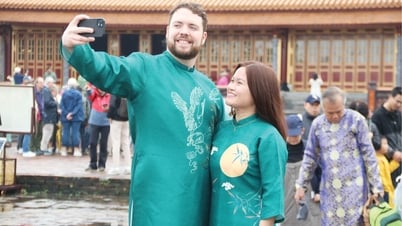

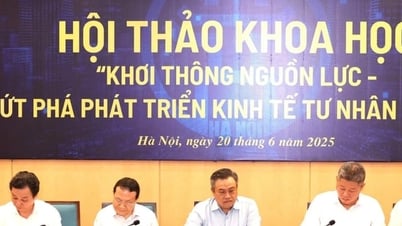



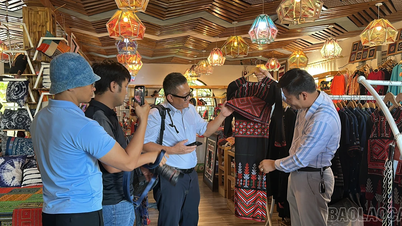



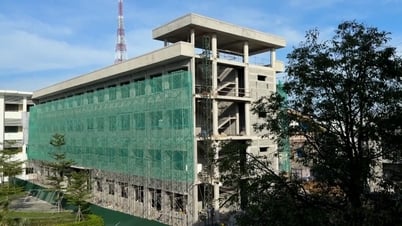


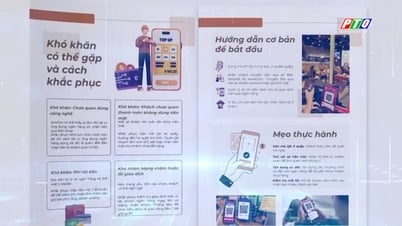
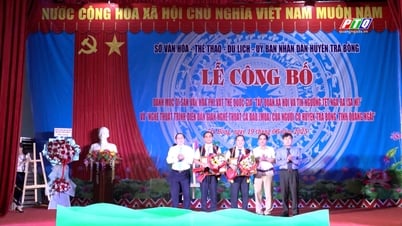
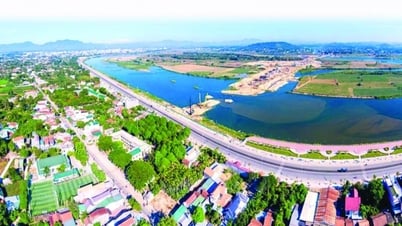










![[Maritime News] Wan Hai Lines invests $150 million to buy 48,000 containers](https://vphoto.vietnam.vn/thumb/402x226/vietnam/resource/IMAGE/2025/6/20/c945a62aff624b4bb5c25e67e9bcc1cb)
![[Photo] The 9th Congress of the Party Committee of the Office of the President, term 2025-2030](https://vphoto.vietnam.vn/thumb/1200x675/vietnam/resource/IMAGE/2025/6/20/78e7f27e8c4b4edc8859f09572409ad3)






































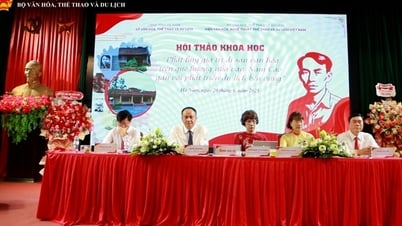
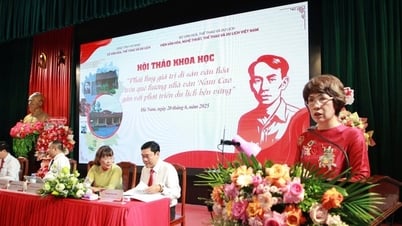

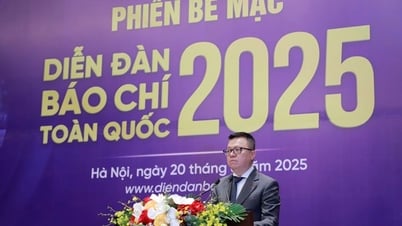
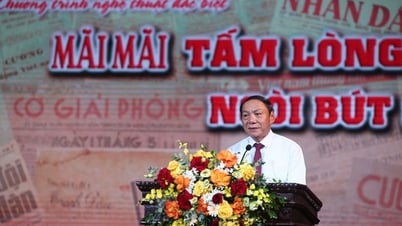
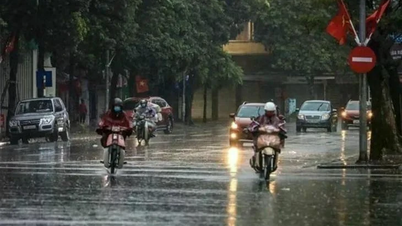


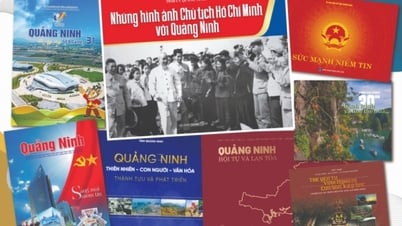

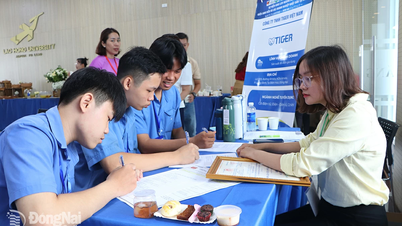


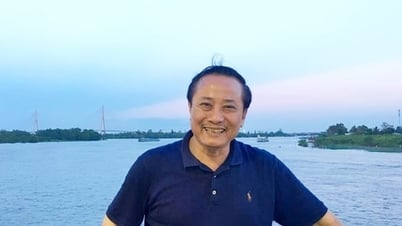










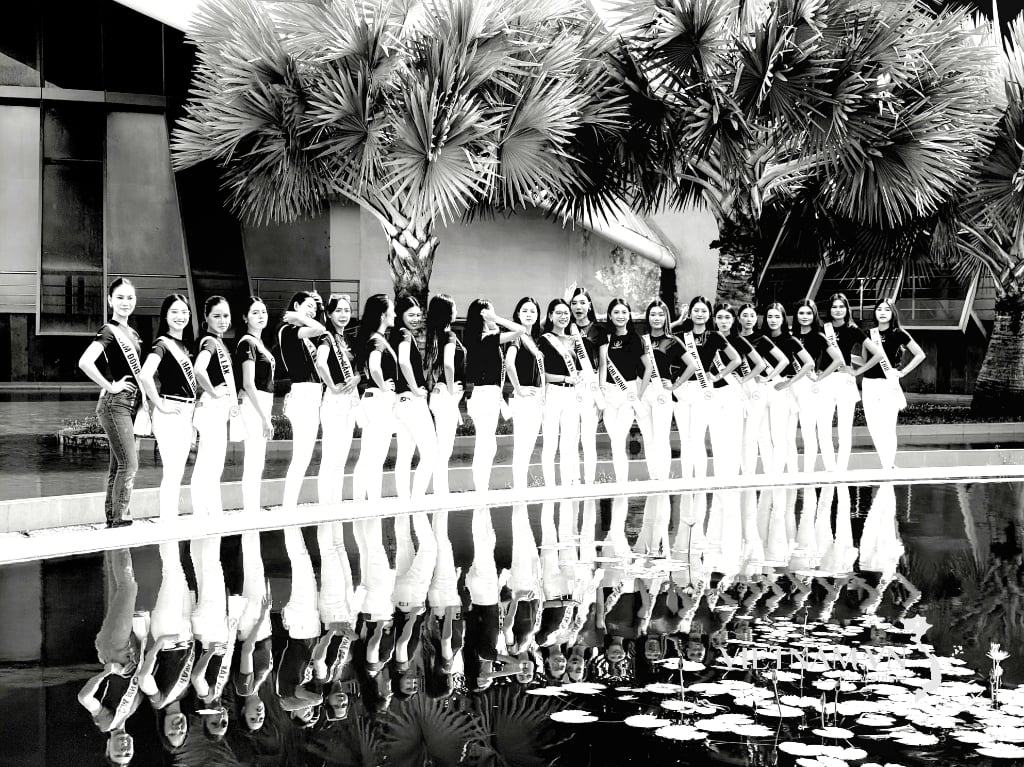

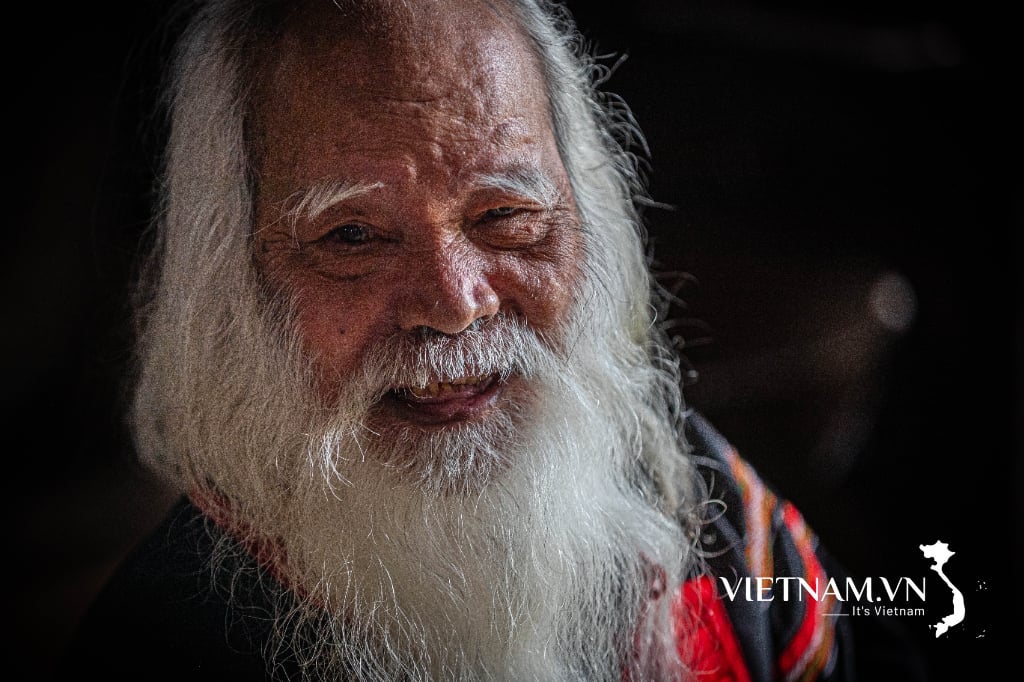
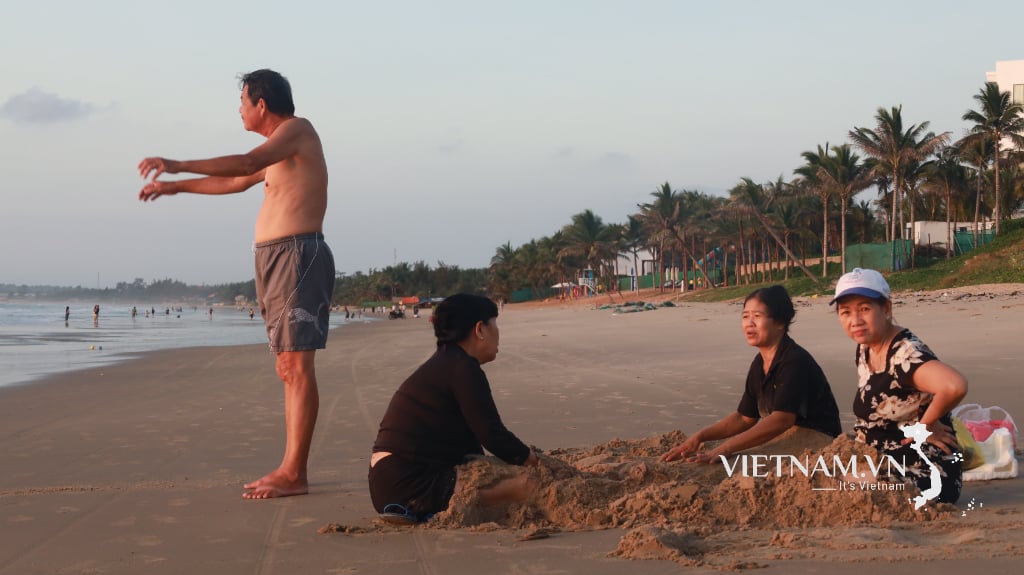
Comment (0)